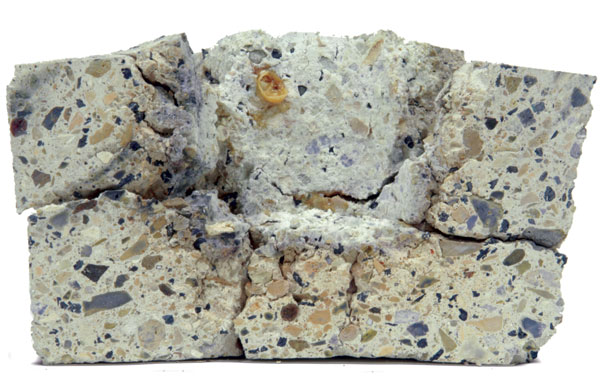Resisting refractory wear
As a leading supplier of global refractories, Refratechnik Cement is always aware of new trends that may impact on refractory lifetime. It is constantly developing its products to adapt to chemical and thermal attacks in various parts of the pyroprocessing line, including all sections of the kiln, cyclones, precalciner and cooler. Stefan Schwarz of Refratechnik Cement GmbH, Germany, describes the issues at stake.

Figure 1: alkali crucible test with K2CO3 (1100oC)
Silicon carbide (SiC)-containing high-alumina bricks and concretes contribute greatly to an improved refractory lining in modern cement plants. Refractory lifetime can be significantly increased, whereas production downtime is reduced to a minimum.
Along with the development of high-efficiency cement plants, the demands for refractory manufactures are becoming even more complex. Increased process temperatures and higher chemical load, due to the use of alternative fuels generate high thermal and thermochemical loads, affecting the refractory lining. Additionally, higher throughput rates result in increased mechanical loads.
The traditional focus on the basic lining in a rotary kiln has shifted more and more to areas such as the calciner, lower cyclone, kiln hood, being generally lined with alumina-based material.

